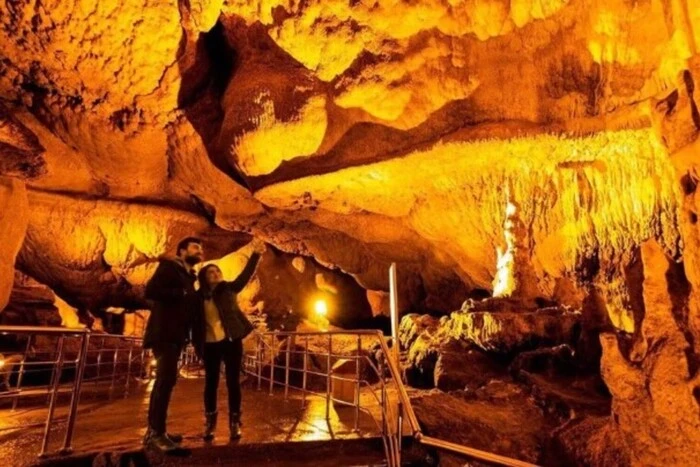The Turkish cave has become a new "magnet" for tourists: what is its peculiarity.


In the northern Turkish province of Tokat, the Balidja cave, known as the Honey cave, has attracted tourists this year with its natural beauties. Stalactites and stalagmites have enchanted thousands of visitors who came to see this unique natural monument, reports Euronews.
This cave was formed as a result of the dissolution of karst limestone over many thousands of years. During this Time, it has expanded both vertically and horizontally. Scientists continue to study this active geological formation, which is still evolving.
According to the material, «the Balidja cave in Turkey was estimated to be about 3.5 million years old, but the general public began to learn about it only recently after it was included in the UNESCO World Heritage list. Only in 2024, it was visited by 90 thousand people»
The cave was first discovered in 1993, and just a year later, a plan for tourists was developed. The internal climate of the cave is special, with a temperature ranging from 17°C to 24°C and air saturated with oxygen, which is beneficial for people with lung problems. The length of the cave is 68 meters.
In addition, in the Turkish city of Antalya, a group of enthusiasts who swim in the sea all year round met the year 2025 on Konyaalti beach.
Read also
- Hellish Heat in Italy: Hospitals Are Overcrowded
- Greece introduces new rule in stores selling cigarettes or alcohol
- In the battle for Mariupol, the company commander of the Azov regiment fell. Let us remember Dmytro Taritin
- There is even a children's prosecutor. The ambassador gave recommendations to parents of Ukrainian schoolchildren in Poland
- Kim Jong Un 'mourned' North Korean soldiers who died in the war against Ukraine
- Hundreds of thousands of Moscow agents: the ominous prediction of Nazariy Yaremchuk from his diary










